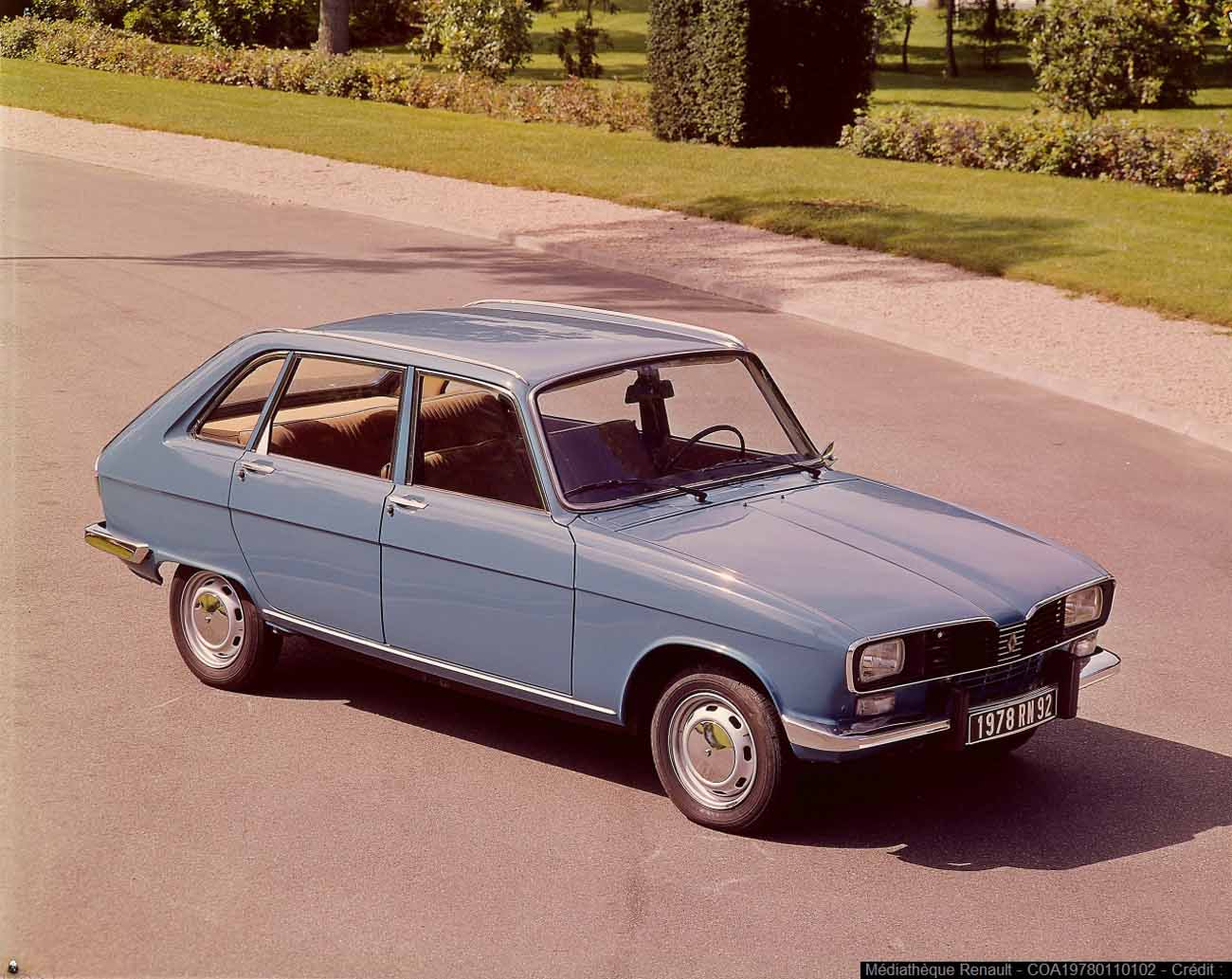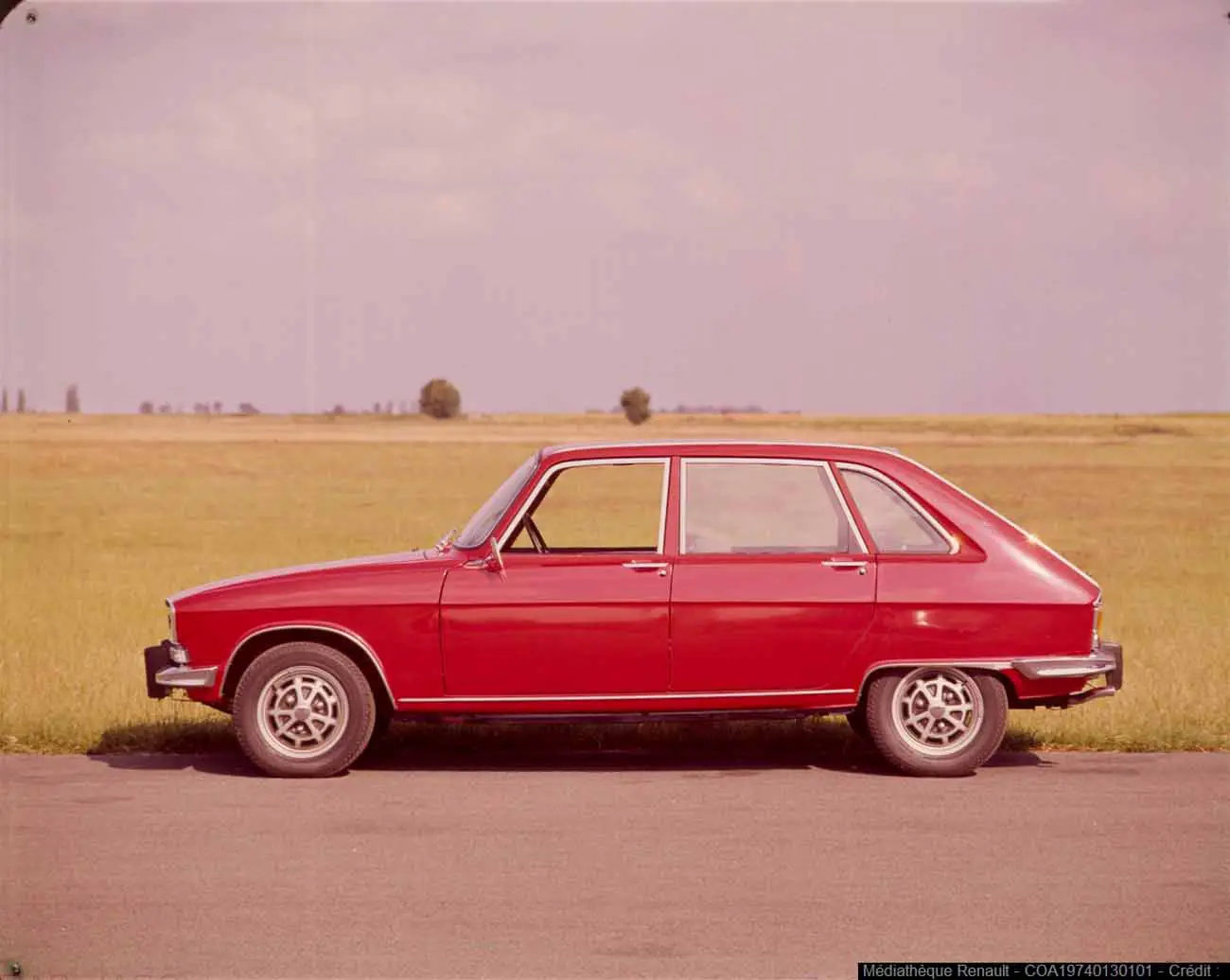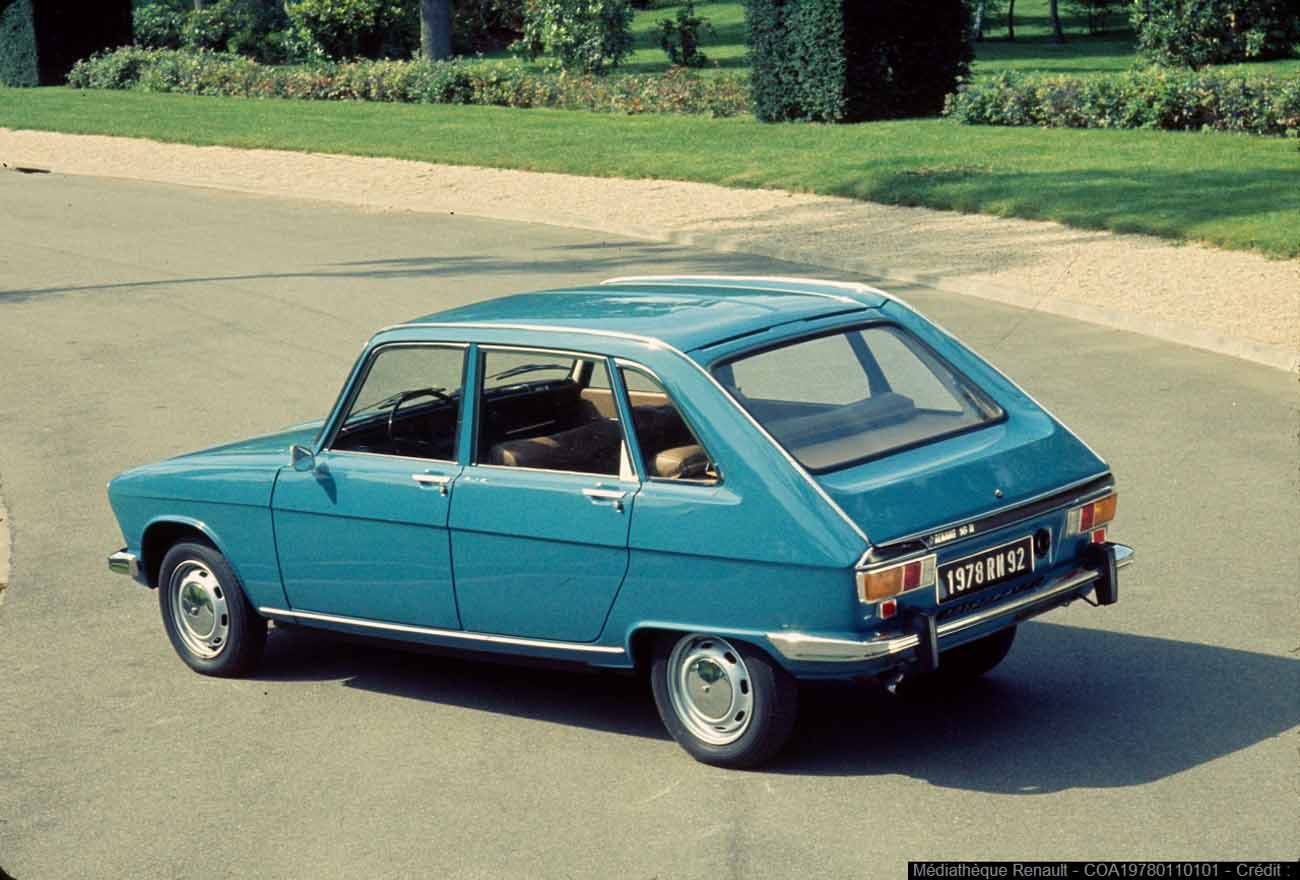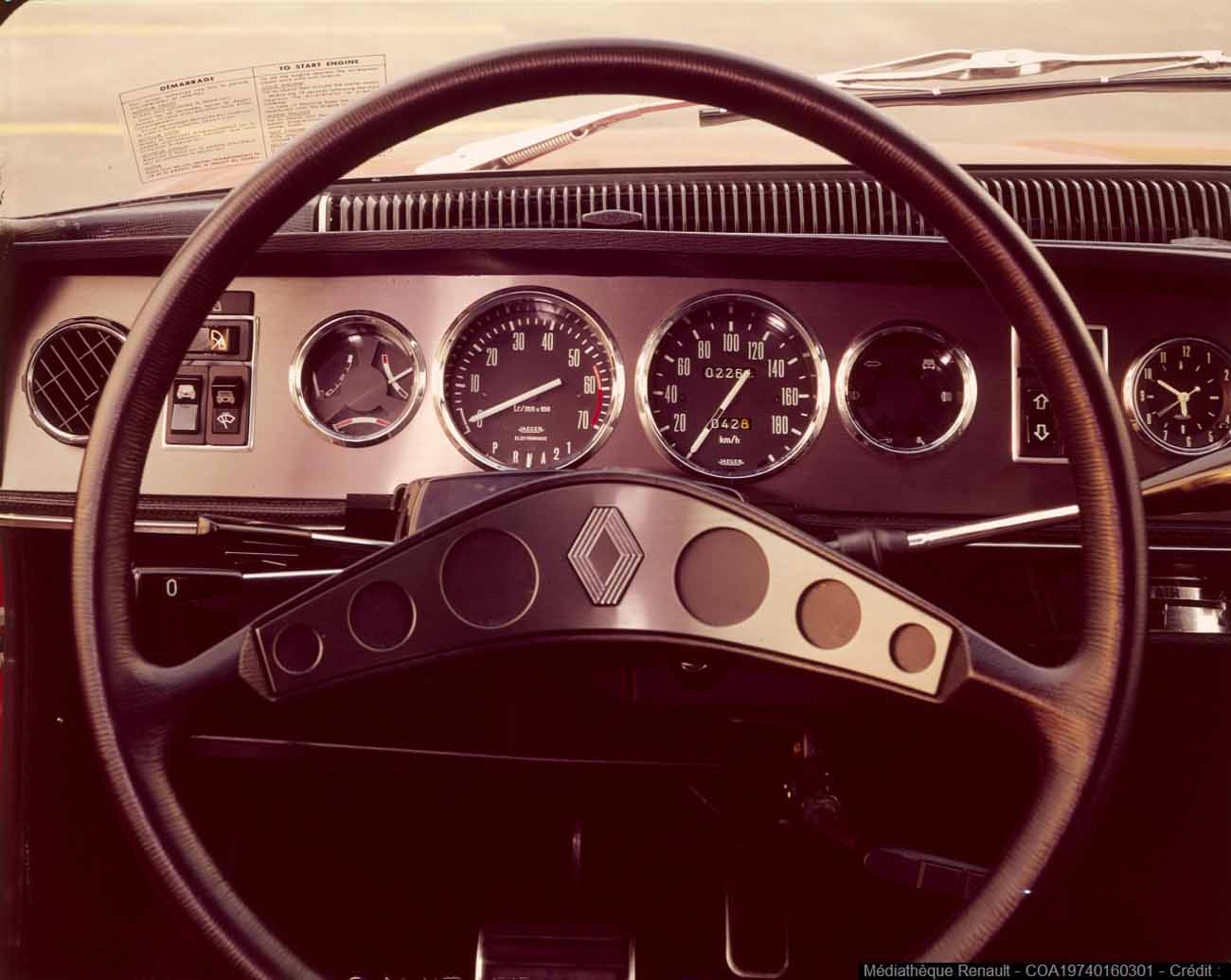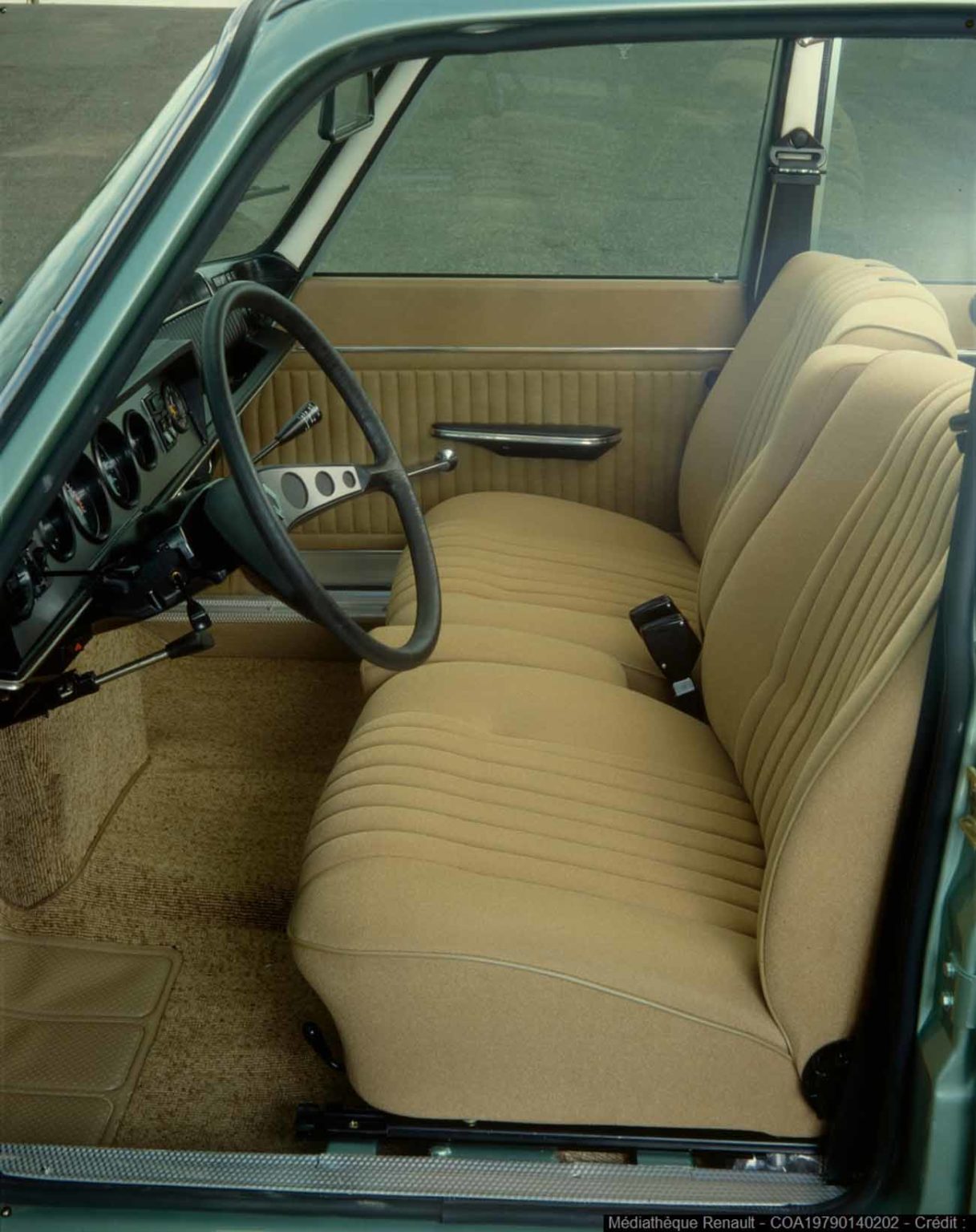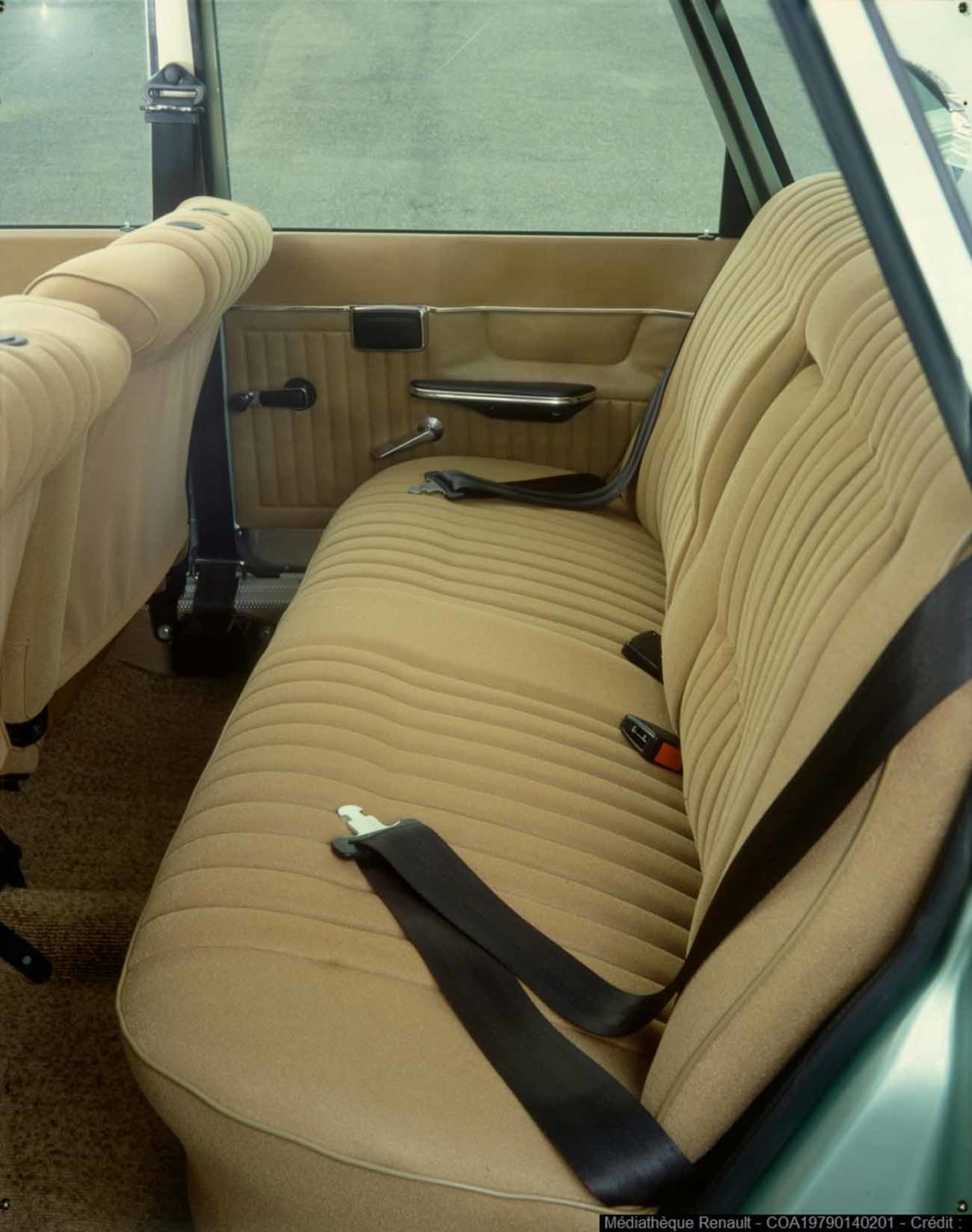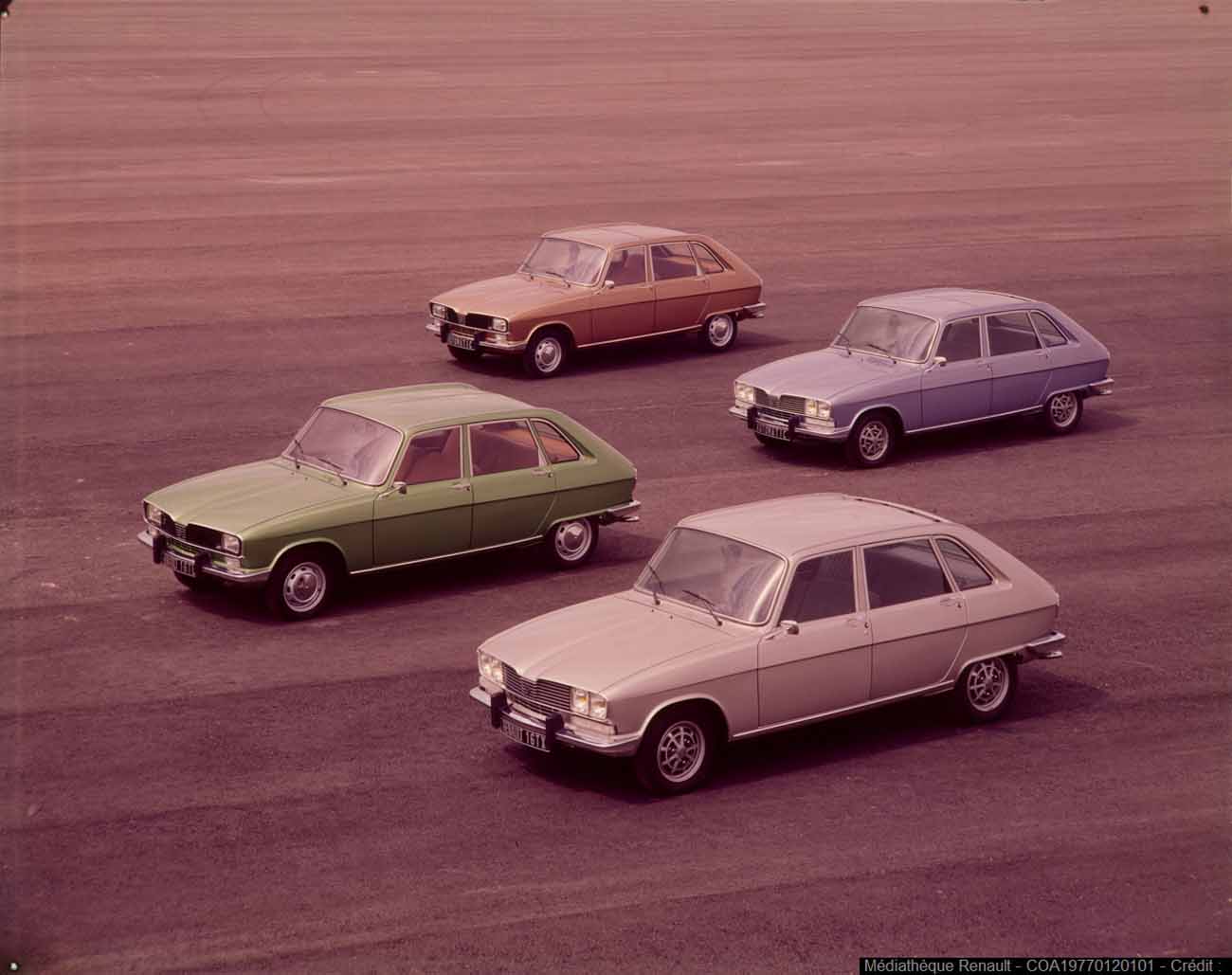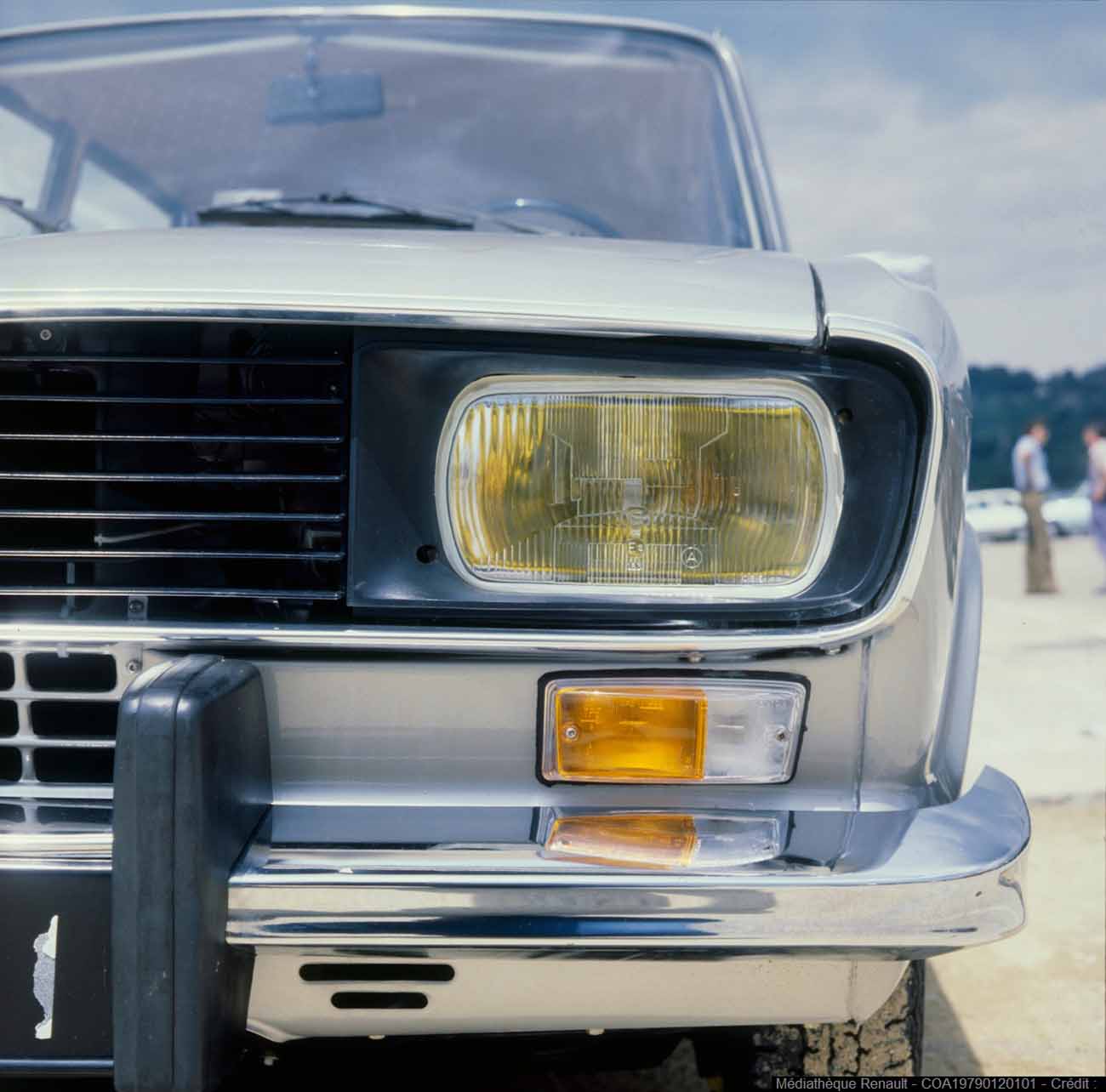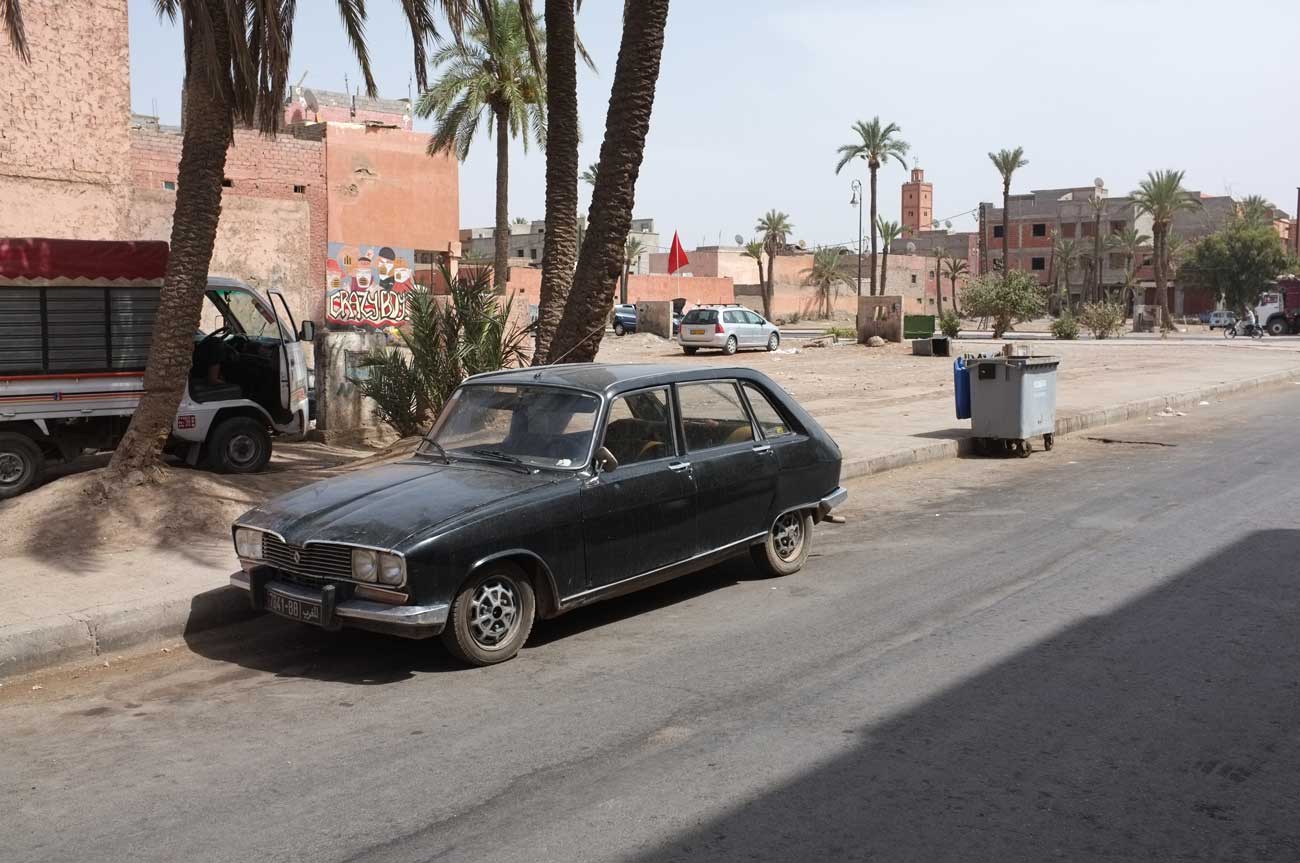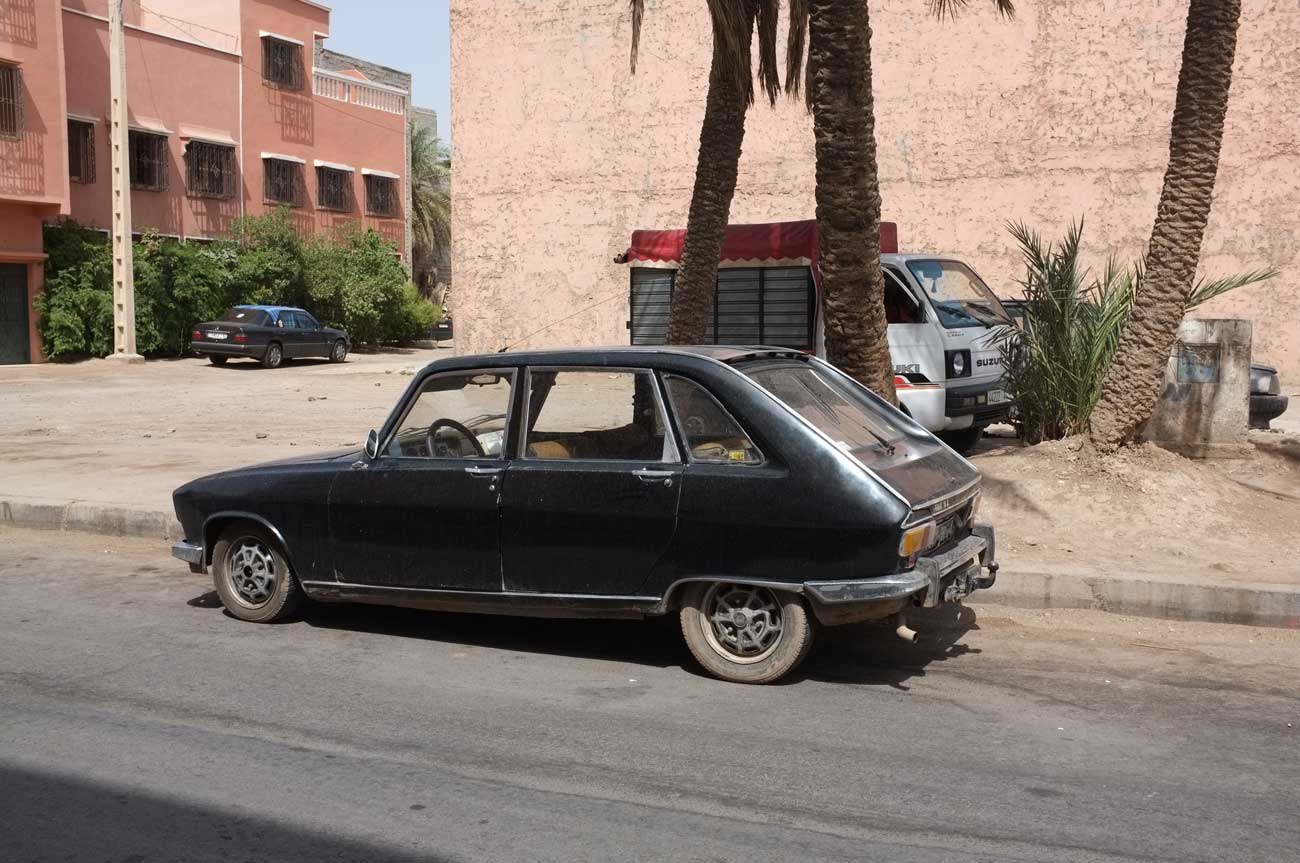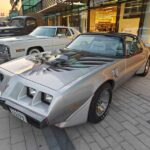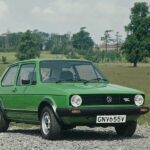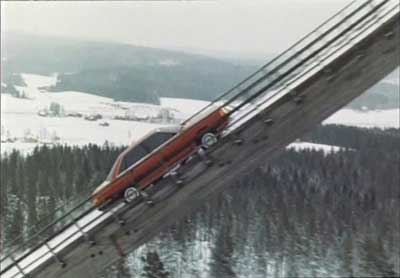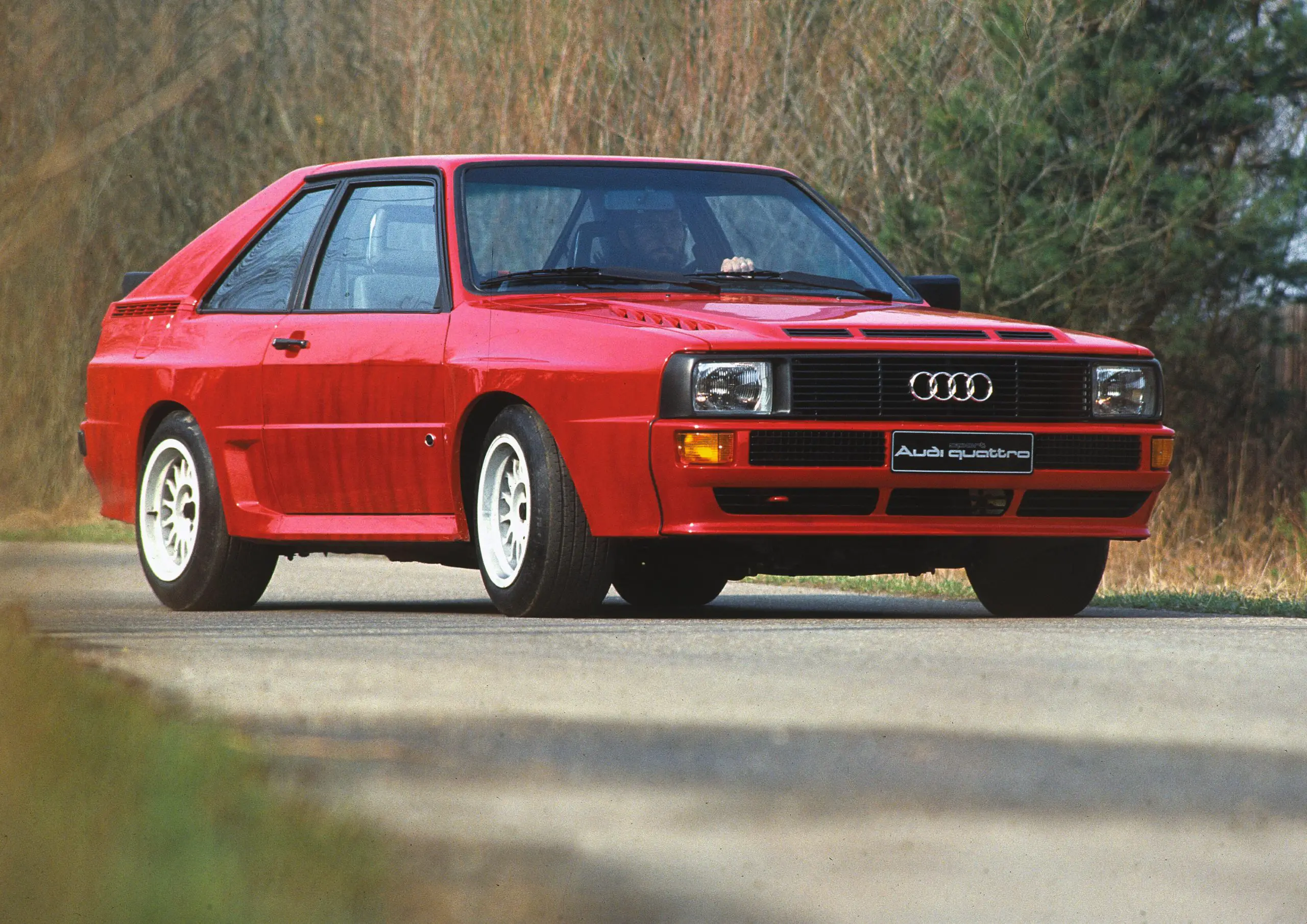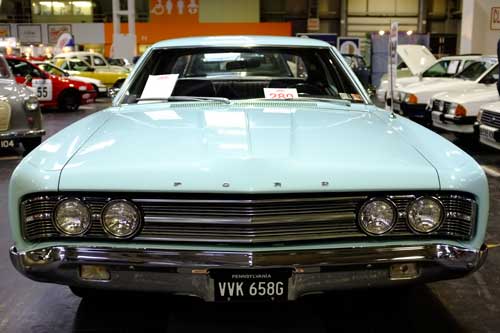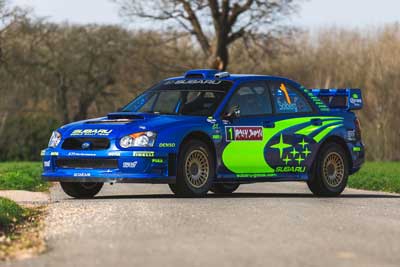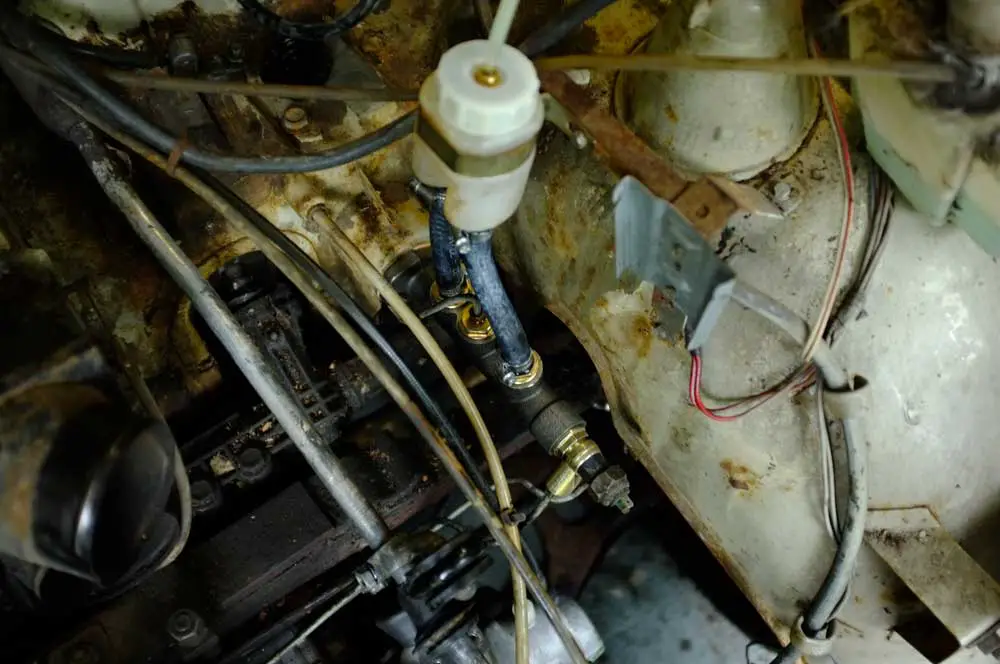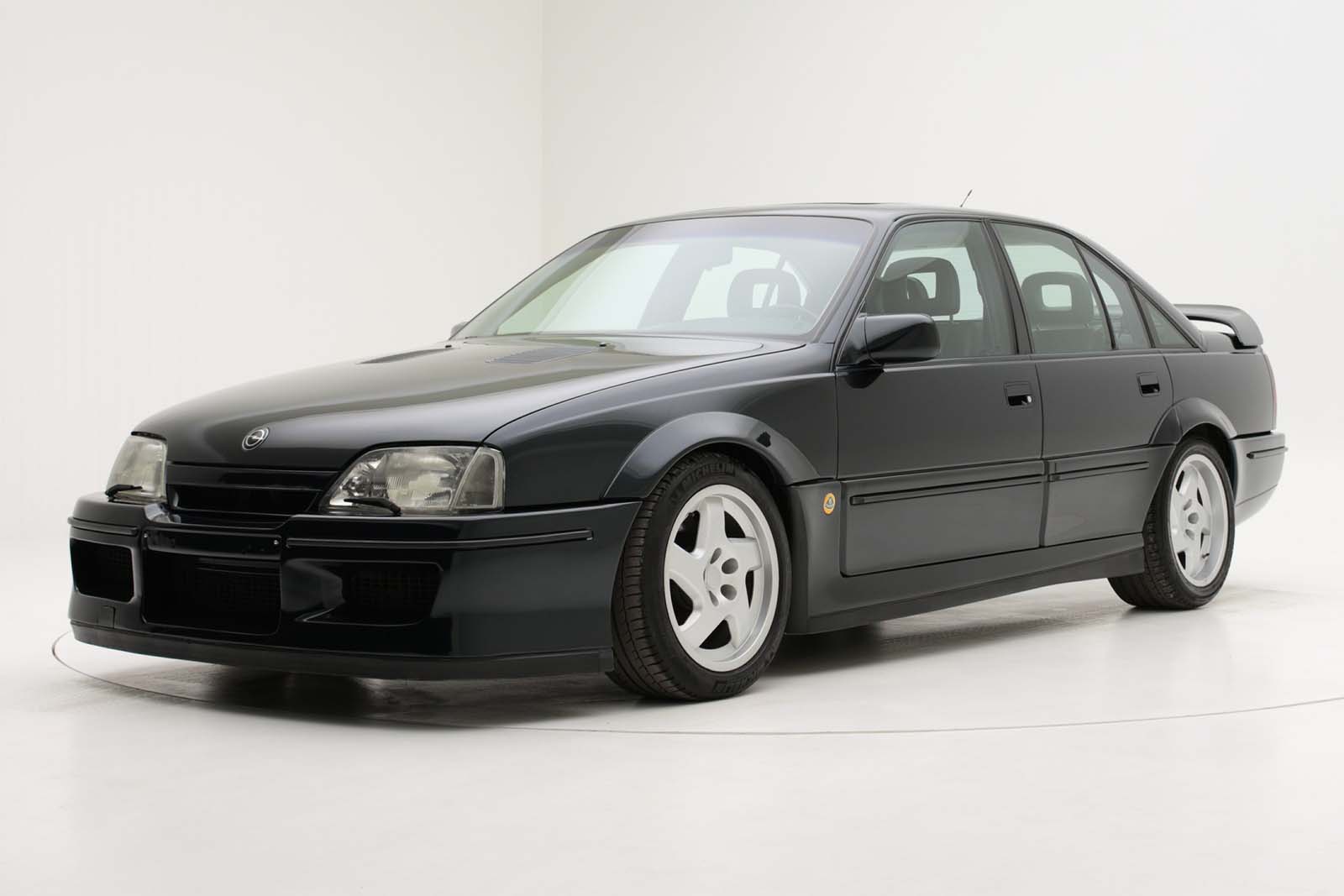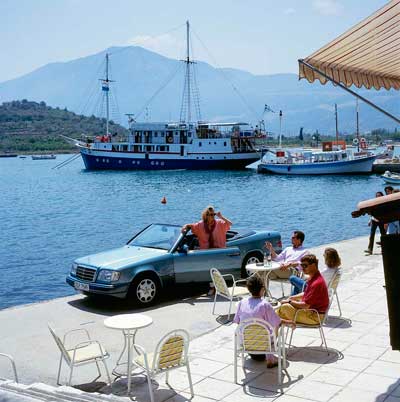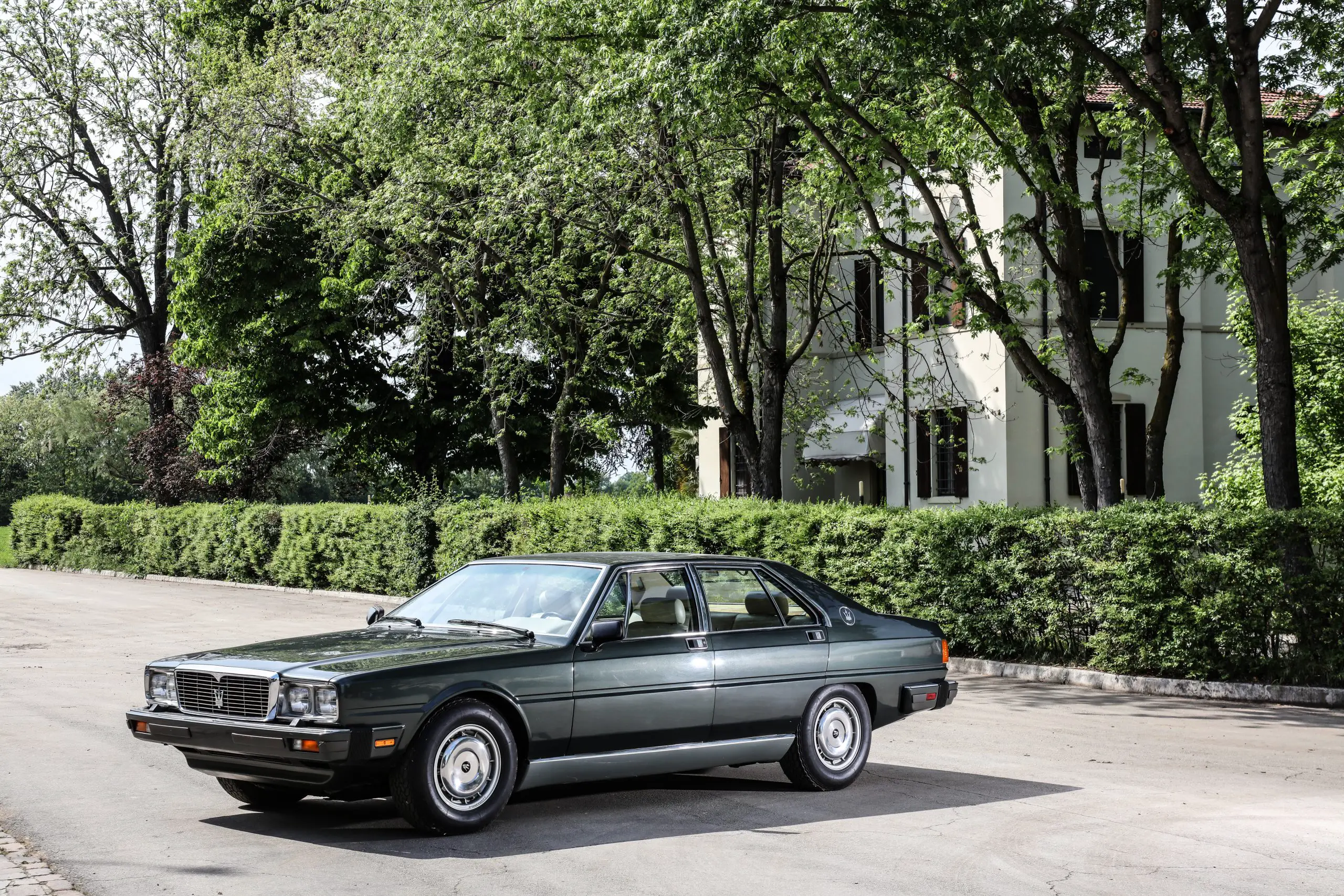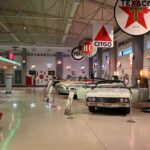
Renault 16, A Large French Hatchback That Won The European Car Of The Year
The Renault 16 is a typically French large front wheel drive hatchback which is comfortable, practical and has that typical comfortable ride. Introduced in 1965 to replace the ageing Fregate they latched on to a trend of ever larger cars where the entire rear end opens up. This gave the R16 a clear advantage over the competition and the predecessor, which was rear wheel drive, with its huge luggage capacity.
Moving the driven end to the front and almost taking inspiration from the Citroën Traction Avant, the engine mounted in line behind the transmission with torsion bar suspension and column mounted gear lever.
Renault R16 - The European Car Of The Year 1965
The combination of the practicality and the driving experience was enough to secure the European Car of the Year award in 1965.
The introduction of the hatchback to this market segment would have gone some of the way to convince the panel of journalists. Though before anyone had invented the word hatchback no-one knew how to describe it.
The main trick with this car was that it was that halfway point between a saloon and an estate. You didn’t have that echoey chamber behind you, but you did have a lot of the carrying capacity. With a folding rear seat bench the carrying capacity was really impressive. This made the 16 stand out as being that little bit different.
The driving experience is also decent. That longitudinal engine mounted closer to the middle of the car that the gearbox helped bring the weight closer to the centre. This gave the car excellent handling characteristics and with the torsion bar suspension an excellent ride.
Of course, this is soft compared to a modern car with plenty of body roll, but I bet you’d find it hard to get a better combination of ride and handling today.
Not having a floor mounted gear lever gives the impression of space in the cabin. With no transmission tunnel either the floor and footwells remain nearly flat and open. There wasn’t the need or fashion for large cumbersome centre consoles back then either.
Soft seats that the French seem to do better than anyone else and you had a great family car with the comfort normally associated with something more expensive.
Of course, Austin had the Maxi launching in 1969, but this wasn’t really sold outside of the UK, or at least didn’t seem to make any inroads into Renaults natural markets.
Arriving in the UK in right hand drive form in the launch year it soon became a favourite and sold very well. Imported cars weren’t as popular as they are now.
Renault built the car at the new Sandouville plant and the older Flins plants in France. But also in Australia and Nove Mesto in Slovenia, the former Yugoslavia.
The model range consisted of the entry level Commerciale introduced in 1967 as more of a cargo van and a basic spec, the 1.5 GL at launch with its 54 hp engine and decent equipment levels. 1968 saw the introduction of the 1.6 TS with 100 mph performance.
You could have an automatic version called the TA as early as 1969 and the top of the range TX in 1973 with a 5 speed manual transmission, optional automatic, electric front windows and central locking. This was one of the first cars in Europe to have such equipment.
By 1975 the automatics had gone, and the chrome grill had been replaced with black plastic except on the TX.
The engines were revised and the 1.6 received a power downgrade to 65 hp with a version of the 1647 from the TX. The most basic 16 L went down to 54 hp and in 1976 the TL got the same engine and the TS had been discontinued.
It was all over for the 16 in 1980, after a decent production run. Renault didn’t manage to kill it off with the introduction of the larger R20 in 1975. Maybe that had something to do with keeping the longitudinal engine, but mounting it ahead of the transmission, like Audi, and upsetting the handling balance found in the 16.
Renault 16 In North America
The model was available in the US when Renault sold reasonably well, before they fall out of love or lost interest in French cars.
Available stateside from 1968 the US version got the same sealed beam headlights as everything else, just four of the, and the bumpers received federalised treatment. It was on sale until 1972, but by then volumes were very low. Interestingly the engine was a combination of the head of the 1470 cc with the block of the 1565 cc unit and produced a healthy 61 bhp.
You could also get it in Canada where Renault assembled it in the Renault-SOMA plant in Saint-Bruno-de-Montarville in Quebec.
In the UK the Renault 16 has all but disappeared. Rust the killer of many 1960s cars and for a while low values put these cars into the hands of those that simply disposed of them rather than fix and repair. Allegedly, at the time of writing, there are 82 left, though I suspect there are more.
They crop up in other parts of the world and survive better in more favourable climates. Here’s one I found a few years back in Morocco.
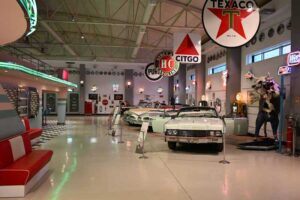
Ural Ataman Classic Car Museum – Istanbul, Turkey
This has to be one of the nicest private collections I have seen, the Ural Ataman Museum in Istanbul, turkey has not only a wide
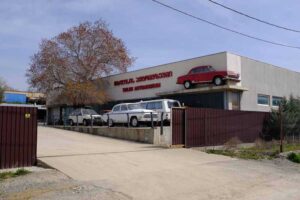
Tbilisi AutoMuseum Car Museum – Georgia
You may not have heard of this, but the small car museum in Tbilisi Georgia really has quite a lot to see. Buried in an
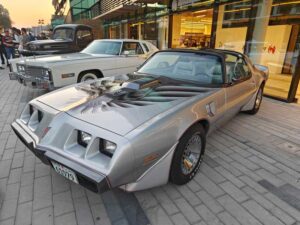
Bahrain Bike Week Classic Car Show December 2024
Bahrain Bike Week is the biggest event of its kind in the Middle East and the 2024 one was no exception. It’s not just the
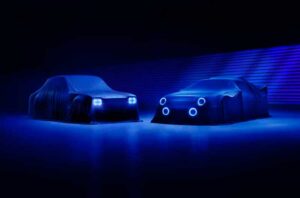
Ford Motor Company Bring Back Group 5 Mk1 Escort & Group B RS200 With The Help Of Boreham Motorworks
Ford have granted a licence to Boreham Motorworks, a division of the DVRN Automotive Group, to produce new versions of not just the Mk1 Escort
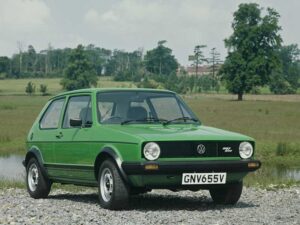
The VW Golf At 50 Years Old
Europe’s number 1 selling car the VW Golf has reached 50 years old this year, starting production on the 29th of March 1974. In
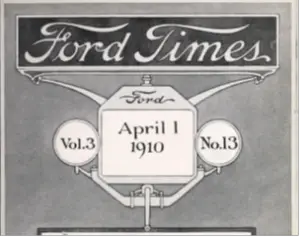
Ford’s Heritage Vault Makes The Ford Times Magazine Available To The Public
Ford’s expansion through the early 20th century was something to behold, the rapid growth of the company and the success of the Model T led
